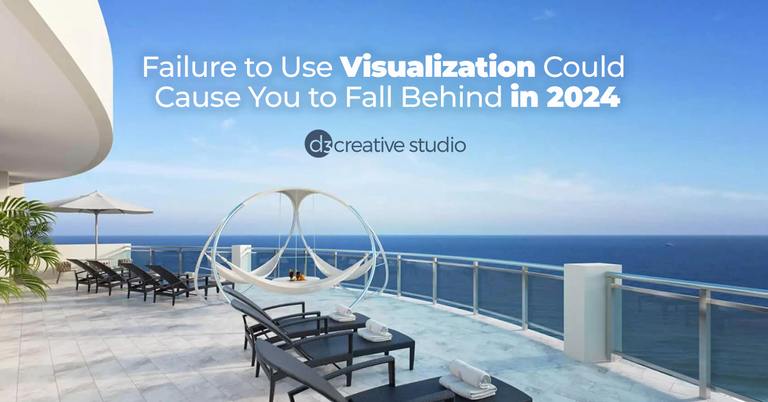
Failure to Use Visualization Could Cause You to Fall Behind in 2024
As we approach each new year, we often wonder what lies ahead. One thing that's certain is that failure to use visualization in real estate or development projects could lead to falling behind in 2024.
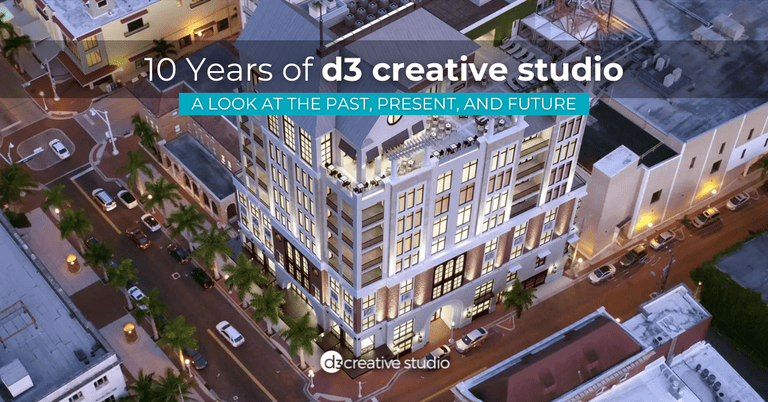
10 Years of d3 creative studio
A Look at the Past, Present, and Future To celebrate our 10-year anniversary, we’re highlighting ten projects that have shaped d3's development and discussing trends we are currently observing and what we see in store

Meet the d3 Team: Christine DeBono
Meet Christine DeBono: Leader, Strategizer, and COO! We’re highlighting the team behind the amazing work produced out of our studio and we’re continuing the series with none other than Chief Operating Officer and Vice President, Christine DeBono! Christine oversees much of
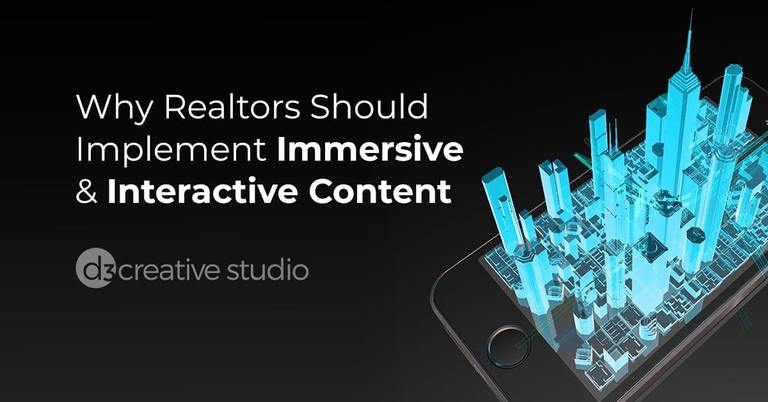
Why Realtors Should Implement Immersive and Interactive Content
It is not uncommon for realtors to use a variety of different tactics and tools, as well as implement different strategies when it comes to selling properties. In fact, immersive and interactive content has proven

The Future of AI and Art
Previously thought of as simply simulating the processes of human intelligence through machine learning, artificial intelligence is now shifting into something that is innately human – art. We’re currently witnessing the birth of a new
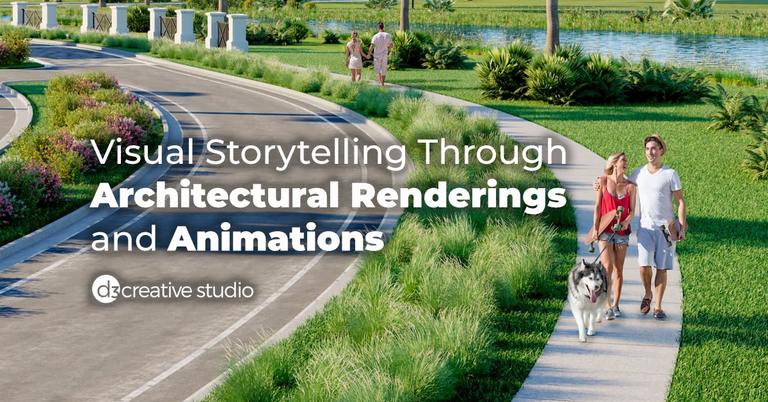
Visual Storytelling Through Architectural Renderings and Animations
Visual storytelling, otherwise referred to as a ‘visual narrative,’ is a story that is told through the use of various visual media in order to illustrate it to an audience. It’s typically done through illustrations,
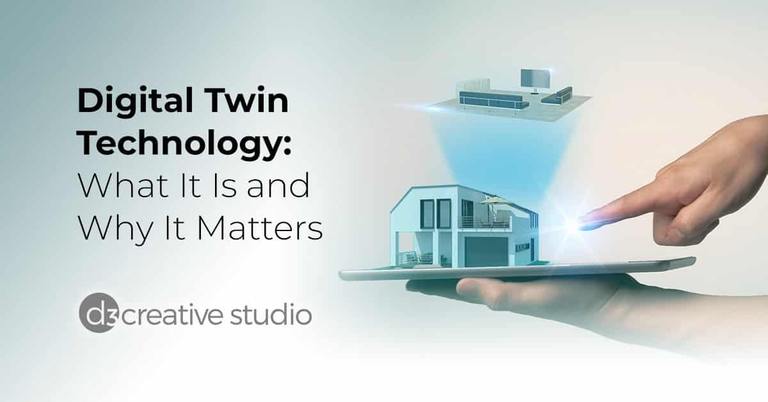
Digital Twin Technology: What It Is and Why It Matters
While it’s not an entirely new concept, the term “digital twin” has grown in popularity across multiple industries over the past few years. It’s recently gained traction due to the rapid growth of artificial intelligence

d3 Will Have a Presence in Tech-Driven Town, Babcock Ranch
d3 will now have a presence at America's first solar-powered town, Babcock Ranch. The 3D Rendering and Architectural Visualization Company was fueled by Babcock's contagious energy and acceptance of tech innovation. The tech-driven town attracted